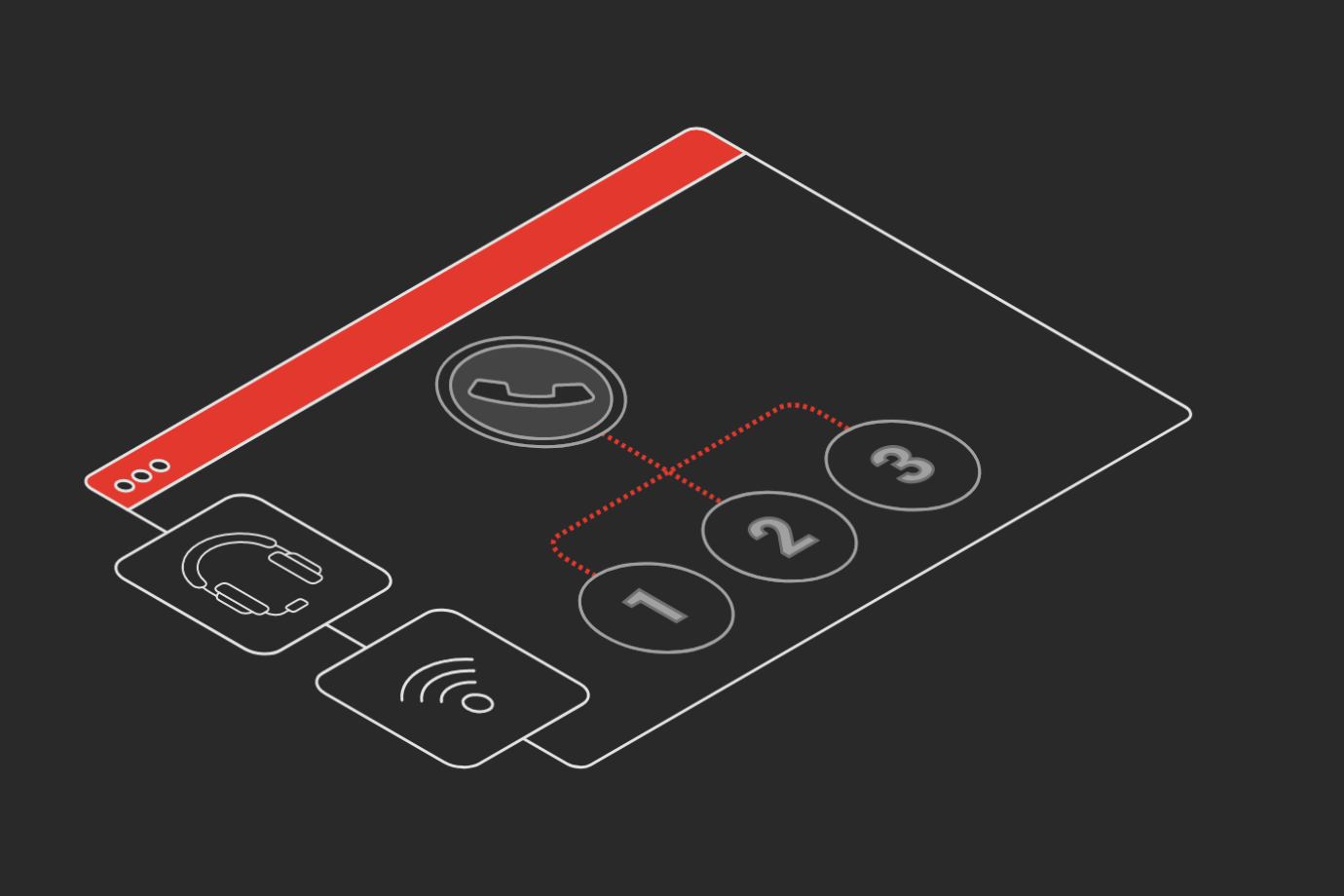IVR for Business: What You Need to Know
Every business owner eventually faces the same crossroads:
“Should I hire someone to answer calls, or accept losing a few important ones?”
The truth is, you won’t be able to answer every call. And not every call is necessarily a business opportunity.
However, an IVR system can make the situation much easier to manage.
At Maxhero Services LLC, we understand how crucial it is to optimize every customer interaction. That’s why we’ve prepared this comprehensive guide to help you understand how IVR works and how it can benefit your business.
What is an IVR in business?
An IVR (Interactive Voice Response) is an essential tool for companies receiving a high volume of incoming calls. It allows you to automate and streamline how those calls are handled.
Let’s say you have an issue with your phone bill. You call your provider and hear an automated voice:
“Press 1 for Sales, Press 2 for Billing…”
That’s an IVR system in action.
It’s a digital receptionist that welcomes callers, presents a menu of options, and redirects them to the right person or department.
What does IVR mean?
IVR stands for Interactive Voice Response.
It’s also called a virtual receptionist or automated attendant, as it often serves as the first point of contact with your business.
In the past, phone calls went through a human operator. Today, even small businesses can use IVR to automate call routing and enhance customer experience.
How to get IVR for your business?
To implement IVR, you first need a VoIP (Voice over IP) provider.
Many VoIP providers offer IVR features as part of their service. From your account, you can easily configure the call flow to create a seamless customer journey.
What does IVR cost for a business?
The cost of an IVR system varies depending on several factors:
- Your chosen VoIP provider
- Whether it’s cloud-based or on-premises
- Number of business phone lines
- Complexity of your IVR setup (number of menus, call flow depth)
- Cost of professional voice recordings
Some providers include IVR at no additional cost, while others charge monthly or per usage. Be sure to evaluate your needs carefully before making a decision.
Example of an IVR service
Let’s say you need to renew a prescription. You call your local pharmacy and hear:
“Welcome to Local Pharmacy. For prescriptions, press 1. For emergency consultations, press 2. To speak to a pharmacist, press 3.”
This is a basic, efficient IVR system.
You’ll find similar examples in everyday life when calling:
- Banks
- Government agencies
- Medical clinics
- Accounting offices
What is the difference between a call center and IVR?
It’s simple:
- A call center ACD (Automatic Call Distributor) connects callers to live agents.
- An IVR system presents an automated menu to guide callers through options before speaking to a person (if needed).
Both systems can work together to deliver excellent customer service. IVR handles simple or common requests, while agents manage more complex issues.
Is IVR a good option for small businesses?
Yes, it is.
A well-configured IVR creates a professional image, saves time, and improves overall communication.
At Maxhero Services LLC, we highly recommend IVR to growing businesses. It helps them structure communication processes without increasing operational costs.
Studies show that customers are willing to wait up to 13 minutes to speak with someone, but over 60% get frustrated with long wait times. A smart IVR setup can make a big difference in customer satisfaction and retention.
How effective is IVR?
IVR is very effective when used strategically.
It allows your team to focus on tasks that require human interaction while the IVR handles routine questions.
Benefits include:
- Reduced wait times
- Less frustration for customers
- A more professional brand image
- Smoother customer service operations


